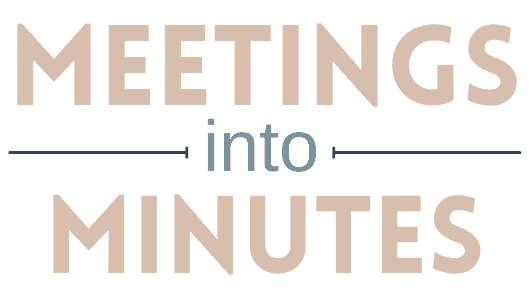In this day and age, going to a meeting in a physical location isn’t always the case. More businesses and companies are expanding their employee base to allow many workers to work remotely either part-time or full-time. Therefore, not all meetings are held in an office at a set day and time.
Virtual meetings are becoming more common amongst workplaces. Not only does it help your remote workers to stay on the same page as your in-house employees, but it offers a good opportunity for remote workers to feel like they’re still a part of the team. After all, working remotely can get lonesome at times.
With various types of meetings held in an office, it’s important to note that not all virtual meetings are created equally. Some are on-the-fly and require little setup, others are there for more important factors and require minute-taking to be conducted at the same time. There are a number of different types of virtual meetings that may come up throughout your work week, so it’s a good idea to have a firm grasp on what each meeting entails.
Video Conference Meeting
One of the most utilised of online meetings, video conferences allow participants to see each other in real time. This is done via an internet connection and a device such as a laptop, PC or even a smartphone or tablet. Often used for meetings such as job interviews, it’s also an ideal meeting for teams who want to connect and work together, even when separated by long distances. It is also often used by companies wanting to train new employees or keep the skill-levels up of current workers.
It’s also a good way to screen share. Screensharing is ideal for situations where you want to discuss a particular issue or problem on your screen, such as within a program, on a design or within a project. It also provides you and your team the chance to have a free exchange of ideas a lot more easily.
Teleconference
Used for training or simple meetings to discuss current or future tasks, a teleconference allows multiple people to connect together using telephones or online services such as Skype. Just like a video conference, a teleconference is a good way for teams to communicate and collaborate, no matter where they are in the world. One of the downsides to this type of meeting is the inability to see who is talking. For people who don’t communicate often, this can make it difficult to know who is talking at any given time. Some use the rule to say their name before speaking, but this can add up to become time-consuming.
Web Conference Meeting
Just like the other types of meetings mentioned, a web conference requires participants to attend the meeting via a software program or website. Google Hangouts would be one type of Web Conference. This type of conference is useful for those times that you wish to share documents or images, as they generally can be sent via the software and shared amongst those who are participating in the meeting. This can save time on emailing after the meeting is completed and also gives the recipients the opportunity to bring up any concerns or thoughts at the same time of receiving the document. While this might make the meeting longer, it eliminated the need to re-send amended documents or to schedule a new meeting to discuss changes.
No matter what type of meeting you choose, there is certainly an option for every type of meeting and team. Whether it’s discussing the next big project in detail or just to catch up with some basic training, allowing your remote workers the opportunity to be involved in your meeting is essential to providing a better workplace.





